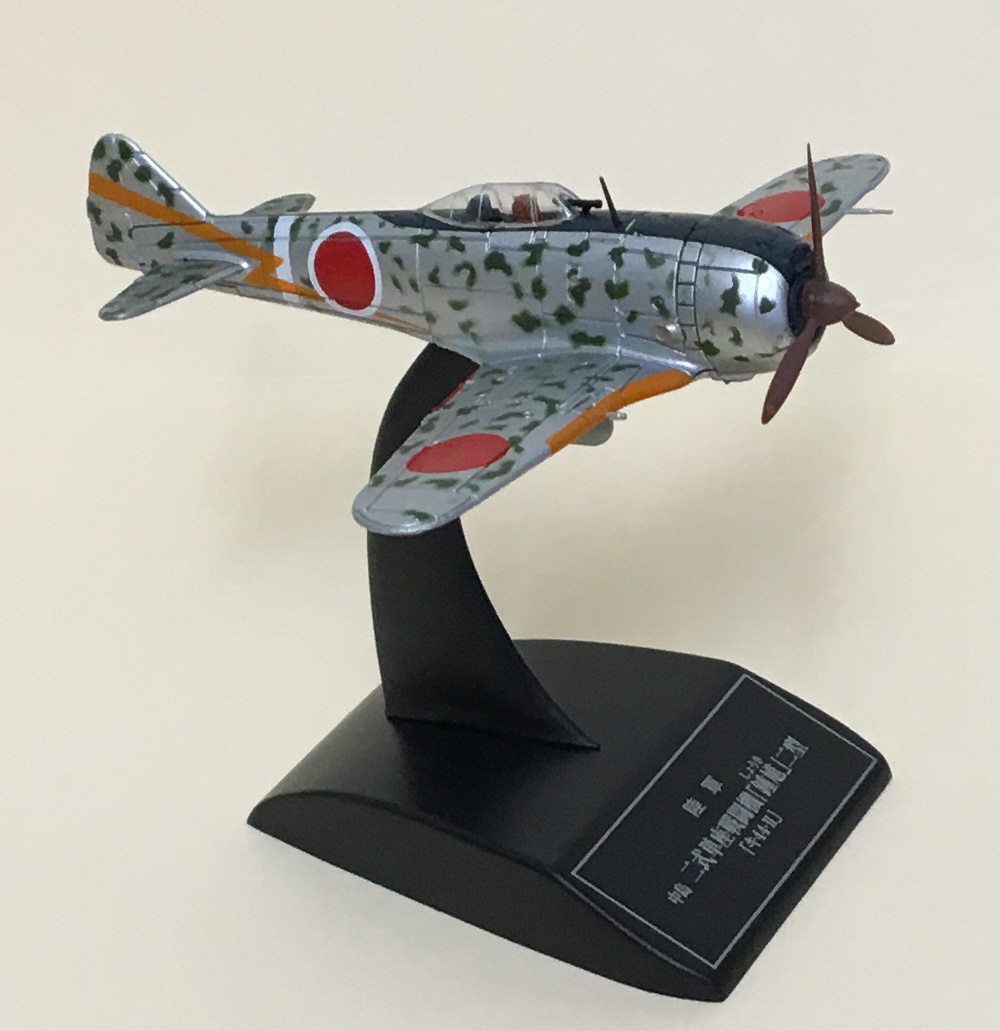FACTOIDS & TRIVIA
The Japanese Imperial Army needed a defensive interceptor to attack
Allied bombers. Nakajima responded with the Ki-44 Shoki (allied
code name "Tojo") and the aircraft was introduced in 1942. The
design empasis was placed on speed, climb rate and fire which are the
main attributes of an interceptor being sent to dispace an approaching
bomber squadron. Of course, this meant maneuverability was sacrificed
and was the Ki-44's biggest drawback. The earliest Ki-44's
(Ki-44-I) were
fitted four .50 inch machine guns. The wing mount guns were upgraded to
20 mm cannon in the Ki-44-II (shown here) which provided even more
firepower. The Ki-43-II
version also had hard point mounts for a pair of 34
gallon external fuel tanks to extend range. With its big engine and
impressive climb rate, the Ki-44 had promise, but was a mediocre
performer due to lack of experienced pilots. Let's face it, though -
the Ki-44 looks cool. Nakajima produced a total of 1,223 Ki-44
aircraft.
NAKAJIMA
Ki-44-II Shoki "Tojo"

Class: Fighter
Crew: 1
Engine: Nakajima Ha-109 14-cylinder
radial (1.450 hp)
Max Speed: 376 mph at 17,360 ft
Climb Rate: 3,815 ft/min
Service Ceiling: 36,700 ft
Range:
746 miles
Armament: 2 x .50 inch machine
gun
(fuselage mount)
2 x 20 mm cannon (wing mount)
Model Scale:
1:87
Back
to the Japanese
Combat Aircraft of WWII
Menu

